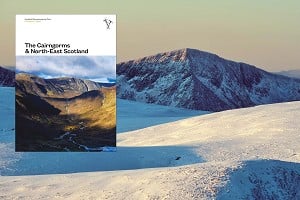

I can recall going out to Majorca in the dim and distant past armed with 20 or so pages tucked away in the back of the Chris Craggs guide, locating 'the man' in Palma and buying a bundle of photocopied scrawls passed off as topos which led us to some superb climbing. And inspired return visit after return visit. How far have we come from my filed away copy of the dodgy, pock-marked black and white A3 sheet topo that was the Sa Gubia guide?
Sa Gubia is well covered here with text approach directions and maps showing how to get to the crag and the locations of the sectors. Photo-topos are used except where tree shrouding make this impractical (Sector Silicona for example) and are generally extremely clear and excellent (although the photo-topo for Paret dels Coloms – Left, on p 67, seems to have suffered a bit). The two sectors without photos are still easily understandable and route finding and following should present no problems (especially now that Lulu and Rustic Pogo have gone up a full grade – I thought it was just me!). I like the full on star treatment of the humble 4+ that is Gubia Normal; sorry, 'Albahida', the only route you can clearly identify as you arrive at Palma airport and one of the outstanding climbing experiences on the island. The one bit of information missing for me here is that I would really like to know whether the homicidal dog has gone from the bottom of 'descent 1' before I do the route again. The coverage of this fairly complex crag is excellent.
The new addition to the Rockfax portfolio, the guide to Mallorca, is a typically polished product that will deservedly sell well; giving easily digested and accessible information to a popular climbing mecca. For me it's nice to see new crags that I know nothing about and photos that both stir the memories and tempt. So is it a good guidebook?
Let's answer that with another question. What is the basic function of a guidebook? The pragmatic answer is as a means of getting the information that will enable you to get to a crag, locate a route of choice, get a basic understanding of how difficult it is and follow it. About 99 out of 176 pages of the new Mallorca Rockfax are dedicated to just that. But guidebooks also have to serve a more visceral function; they are sources of inspiration and desire. How often have you seen a really 'nice' (as opposed to 'good'!) guidebook and thought, 'I want to go there'? I certainly have around seven destinations that are tucked away on my 'desire list' simply because of the way they are presented in various guides I've picked up on my travels.
So how are function and form balanced in the latest offering? The front cover I find a bit off-putting with its broad, rock-texture, 'frame'; I don't remember Mallorca as dark with some bright bits! Some of the internal shots are just inspirational; the insert of Creveta on the cover leaves me a bit cold. Maybe if it was the whole of the cover it would convey the blue sky-ed island scene a bit better?
Inside the book the action pictures are generally excellent and make you want to be there; even if you know you can't climb that hard you can wish. Nearly every crag has been granted the indulgence of a double page photo spread as an introduction as well as one or two full page action shots. Even some of the photo-topos (check out Paret dels Coloms – Right) make me want to jump an Easyjet; sad or what! The photo-topos throughout are generally excellent. The organisation of the guide is maybe a little illogical in that Sa Gubia, Fraguel, Alaro and les Perxes do form a distinctive grouping on the East of the main ridge for most climbers but that's trivial compared to the ease with which you can find the crags within the text although a map at the front opposite the contents page might be a good move?
Mallorca as a climbing area seems to have suffered more than its share of access problems; it is the duty of guides to try to get this information as right as possible in order that problems are not exacerbated. I recall a first visit to Cala Magraner where following the guide led straight across fields and fences. Last visit we strolled down the big track past the agriturismo. Next time we follow and cross a wall? Calvia always had some dispute about the access; this is now resolved? I fondly remember climbing and bouldering in the Boquer valley one summer. Maybe that will re-appear in the next guide some years down the line.
The approach directions, both textual and diagrammatic, throughout this guide are just excellent and hopefully will help avoid any future friction although things will, inevitably, change. (I am told that on the approach for Port de Soller the Nautilus bar has recently changed name!). Should Paret de Porta at Alaro be included in the guide even though the information that it is banned appears in bold letters alongside the information the routes give some 'superb' pitches? A tightrope to walk for the guide writers!
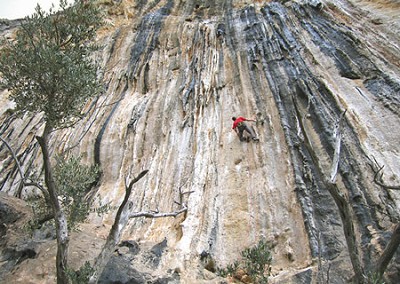
The format of conveying route information is well up to the excellent Rockfax standard and gives much more than simply 'number, name, grade' as so many basic topos are limited to. The photo-topos work well although infrequently the distance below the crag of the photographer, as at Alaro left end (the banned bit – maybe that's why they were standing so far away!), can produce some foreshortening and the photo-diagram-topo of Sector Plaques at Gorg Blau is a bit of a bastard offspring. (And whilst we're on Gorg Blau; can you really give 3 stars to Tuinki yunki because the route 'looks brilliant'?) I also like words and appreciate the explanatory gloss accompanying the routes that does testify to local knowledge and research. The accompanying 'style' icons are part of our climbing culture now and readily identifiable as a source of basic, non-linguistic information (useful for the non-Anglophone buyer). I do have a personal niggle about the ongoing (right back to the original Craggs guide) tendency to want to give names to routes; some of which may not be what the first ascensionist or the locals call them. I recall chatting to a German guy at Magraner who thought the first Rockfax coverage was absolutely ace but was bemused that some of his routes had been allocated English names. Nice to see that some of this has been corrected at Betlem; where The Dog Walker has become Es Pasto. Sure, who wants to do a route called 'Route Nine'; but to call it 'Wall Left' instead doesn't actually identify it any better despite what it says on page 6. I can't get clear in my own head how 'offensive' it is to apply English names to routes on Mallorca; maybe a Spanish photo-topo guide to Stanage where the routes are renamed and in Catellan would clarify the issue?
The general information about the island could well be condensed (nearly all the information on p14 tells us is that villas and apartments are available; popular spots are Pollenca and Soller and much of the tourist accommodation can be located away from the climbing areas) for the intelligent traveller and more space dedicated to the environment, culture and climbing development to give more of a sense of what the island is like. There is a slight sense that the boxes of what make up the 'overseas guidebook package' have been ticked ('weather' – done; 'flights' – done....) although such information is inevitably generalistic and may be better served through web links that can be both more detailed and more readily updated. This leads, inevitably, to speculation on where guidebooks are 'going'. Can the design of Rockfaxes be pushed any further or are they a perfect product that has hit the evolutionary buffers? Maybe the honest and comprehensive review of any Rockfax guide needs to deal equally with the web side; the route databases that serve as a useful reference and research tool for the book writers as well as the consumers, the availability of updates and inserts, the involvement of a 'community' in the evolution of information. Maybe the death of the paper guidebook is just around the corner. A palm top with inbuilt GPS and a downloaded database will do the pragmatic business; admittedly whilst leaving my viscera unmoved!
The fact that my first response after looking at the guide was to check fares from Liverpool to Palma means I like it. Lots.



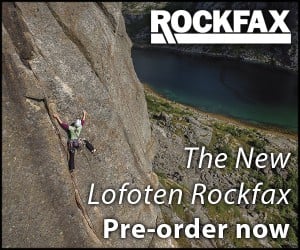
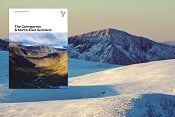
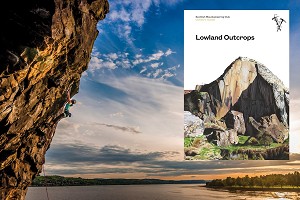
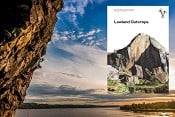
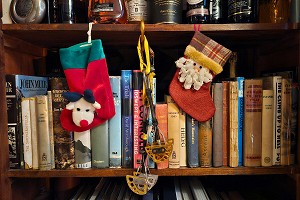

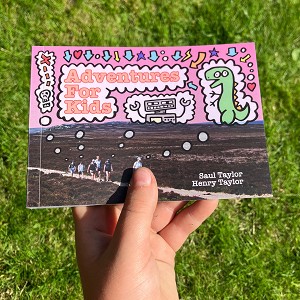
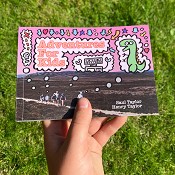
Comments